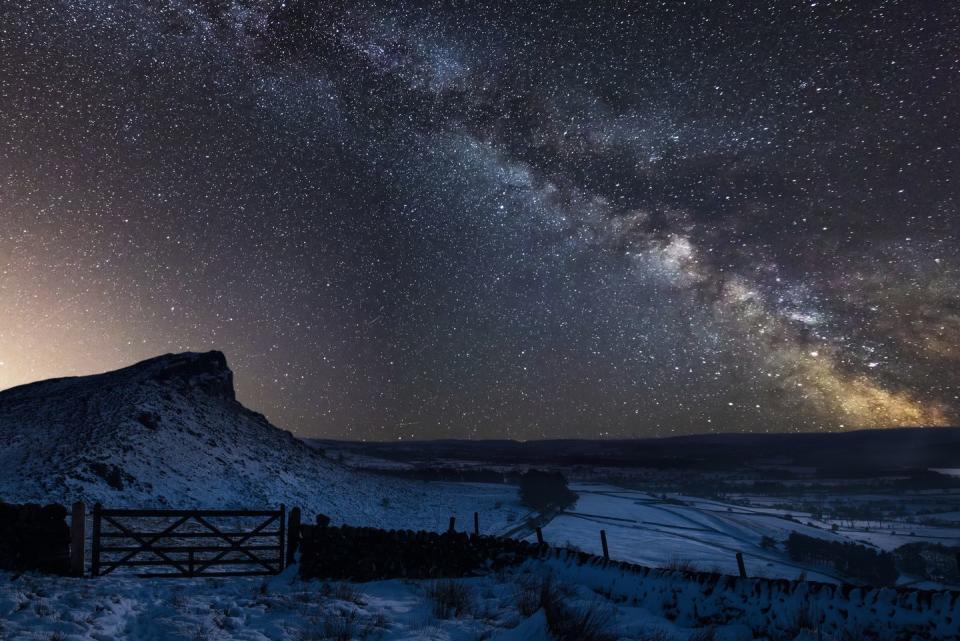Stargazer call out! Charity needs you to help them count stars for one night this week
The countryside charity, Campaign to Protect Rural England (CPRE) are calling for stargazers from all over the UK to help them in a new nation-wide Star Count – and all you have to do is look up.
CPRE want to raise awareness of light pollution by getting astronomy-enthusiasts in England, Scotland and Wales involved in a mass stargaze, which will run between 21st and 28th February.
Seeing clear nights as brilliant as nature intended has become harder throughout the years, due to the spread of man-made lights blocking out the stars above. But, thanks to the Star Count, the charity hopes to push the government and local authorities to tackle light pollution and highlight 'dark sky' areas in need of protection.
All you have to do is choose a clear night, between 21st and 28th February, head outside and look up. Follow the tips below for a step-by-step guide on how to take part on the night and know exactly where to look.
If you see fewer than 10 stars, this indicates severe light pollution, while anyone who spots over 30 means they have a dark sky above them.
Emma Marrington, CPRE's starry skies expert, told ITV: "A starry night sky is one of the most magical sights the countryside can offer, connecting people to such an important part of our natural heritage. But many people don’t get to experience this beauty due to light pollution.
"We want to get people out counting the stars and helping to save them now and for future generations to enjoy."
A star-filled sky is one of the countryside's most magical sights.
But light pollution means many of us can’t see the stars.
Take part in #StarCount from 21-28 February to help us reclaim our dark skies. @BritAstro. Here’s how >> https://t.co/WkUWyJFOK7 pic.twitter.com/N1xc6smx2O— CPRE The countryside charity (@CPRE) February 12, 2020
The Star Count is also supported by the British Astronomical Association Commission for Dark Skies (CfDS). Expert astronomer, Bob Mizon, said: "As well as being a wonderful opportunity to get outdoors and enjoy the night sky, Star Count is starting to give us some really useful information. We're hoping many more people will join in this year and give us the best map ever."
6 tips for taking part in the Star Count
The experts at CPRE have shared their tips for getting the best views. Before you head out, give these a read. Who knows, you may spot major constellations, bright nebulas and possibly meteor showers, too...
1. Try to pick a clear night for your count, with no haze or clouds, then wait until after 7pm so the sky is really dark.
2. Looking south into the night sky, try to find the Orion constellation, with its four corners and 'three-star belt'.

3. Let your eyes adjust to the darkness – the longer you wait, the better – then count the number of stars you can see within the rectangle made by the four corner stars or Orion. Don't count the corners, but if you can see them, do count the three stars in the middle – called the 'belt'.
4. Make a note of the number of stars seen with the naked eye (not with telescopes or binoculars) and then submit your count results here.
5. Share your experiences (and any photos) with others on social media using #StarCount
6. And don't forget to check back to see the national results and how your area compares to the rest of the country.
Like this article? Sign up to our newsletter to get more articles like this delivered straight to your inbox.
You Might Also Like

